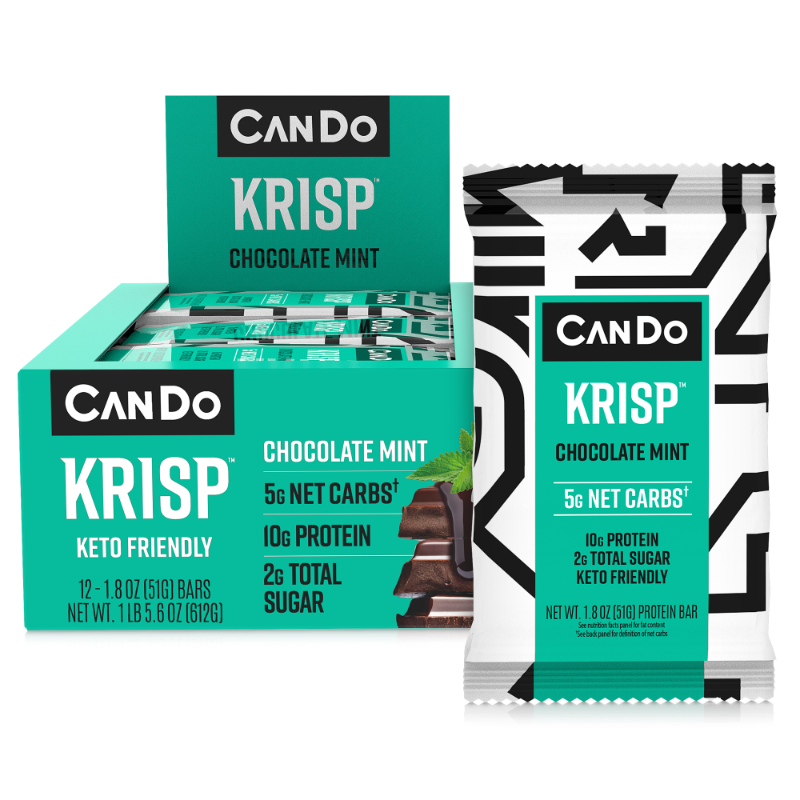
Grass-Fed Butter

What is Grass-fed Butter?
Calling it “Grass-fed Butter” is a little strange. You can feed butter? Where is the mouth? Grass-fed butter is just butter made from the milk from cows that are fed grass.
Most cows raised today live on factory farms, where they are primarily fed growth hormone-laced corn and grains to make them grow big. The chemicals in their feed can stay in their body, and eventually wind up in the hamburger, steak, or butter you eat.
Raising cows on a grass diet is the healthier way. Cows always used to be raised like this. Although it makes them grow less big, the meat and milk they do produce will be healthier.
In terms of cooking, grass-fed butter is no different from ordinary butter. You can put it on toast, use it to grease a pan, mix it into cake butter, or do anything else you usually do with butter.
Nutrition at a Glance
Butter in any form is pretty much all fat. 100g of unsalted grass fed butter contains:
- 714 calories
- 85.7g fat
- 57.1g fatty acids
- 214 mg cholesterol
- Vitamin A
That is a lot of calories. Eat butter sparingly.
One important component of grass-fed butter’s nutritional profile is the fatty acids. Grass-fed butter typically contains more nutritious fatty acids, including omega-3 fatty acids and conjugated linoleic acid (CLA).
Health Benefits
While butter isn’t exactly a health food, grass-fed butter contains high amounts of several healthy nutrients compared to ordinary butter:
- Conjugated Linoleic Acid
- Unsaturated fatty acids
- Vitamin K2
- Beta Carotene
- Vitamin A
Conjugated Linoleic Acid (CLA)
Grass-fed butter contains much more CLA than regular butter. In fact, it contains about 6 times as much as butter from cows on a corn diet.
Medical research suggests that CLA may help prevent several chronic diseases, including cancer, diabetes, and heart disease.
Unsaturated Fatty Acids
Unsaturated fatty acids are the good kinds. They might even help reduce the risk of heart disease.
Grass-fed butter contains more unsaturated fatty acids than regular butter. But it is still… butter. It also contains saturated fats, which are not good for you. In any case, consume butter sparingly, but feel better about your grass-fed butter intake.
Vitamin K2
Vitamin K comes in two varieties, creatively named K1 and K2. Either of them can help you, or both. Most people get more K1, since it is common in green leafy vegetables. K2 comes in fermented foods and some animal products, including grass-fed butter.
Beta Carotene
Beta carotene is a compound that your body can convert into vitamin A. It also acts as an antioxidant. Grass-fed butter contains more beta carotene than ordinary butter.
Vitamin A
Grass-fed butter supplies Vitamin A both directly and through beta carotene. Vitamin A is an essential vitamin- your body can’t make it on its own, so you absolutely have to have it in your diet. Vitamin A helps with vision, reproduction and immune function. It can also help your body grow and repair itself.
Health Risks
Like we said before, butter is very high in calories. A single 100g serving contains 714 calories, and you could easily eat that much in one sitting. For this reason, it’s generally a good idea to limit your butter intake. But if you are on keto, butter can be a great way to get a lot of high-calorie fat quickly.
For most people, carbohydrates are the default way of quickly consuming a lot of calories. For keto people, butter can be a useful alternative.
Compared to other forms of fat
Fat is not unhealthy. Fat is an essential macronutrient on any diet, but it is even more important on keto.
The problem is that there are so many bad ways to consume fat. Bacon drippings may taste amazing, but they clog up your arteries like nothing else. Meat fats, like bacon, are generally the least healthy, and red meat fats the worst of the worst.
Grass-fed butter is healthier than some meat fats, like bacon. Butter is technically an animal fat, not a meat fat, since it is made out of milk. Animal fats are generally less healthy than plant fats, because animals are at the top of the food chain. They absorb and concentrate toxins in the environment.
Plant fats often contain the must nutrients and the least toxins. But they can lack certain amino acids, and are difficult to come by in large quantities. Some are also heavily processed, and may contain undesirable compounds. These include sunflower oil and canola oil. The best options, then, are healthy, natural plant fats. These are things like olive oil and coconut oil.
How We Use Grass-fed Butter
We use grass-fed butter in our Butter & Salt bar. The butter gives it a moist, rich texture and helps hold the bar together.
Take a look at our products for more information. You can see the nutrition facts for each product by clicking “View Nutrition Facts”.




